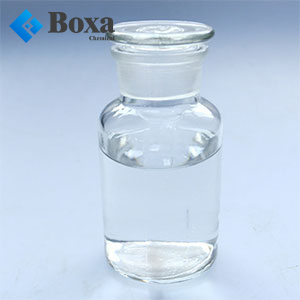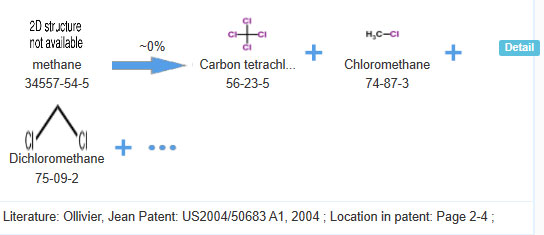What is Dichloromethane used for?
1. The product is used for grain fumigation and refrigeration of low-pressure refrigerators and
air-conditioning devices.
2. It is also used as solvent, extractant and mutagen.
3. It can used in the electronics industry. Often used as a cleaning and degreasing agent.
4. It used as dental local anesthetic, refrigerant, fire extinguishing agent, metal surface paint
layer cleaning degreasing and stripping agent.
5. This product is used as an intermediate in organic synthesis.
The operation, storage and transportation?
Precautions for operation: Avoid generating mist droplets during operation, and wear appropriate
personal protective equipment. Avoid allowing released vapors and mist to enter the work area air.
Handle in well-ventilated designated areas and use minimum dosage. Emergency response equipment must
be available at all times to fight fires and deal with spills. Hazardous residues may remain in
empty storage containers. Do not use this near welding, flames or hot surfaces.
Precautions for storage: Store in a cool, dry, well-ventilated place out of direct sunlight. Store
away from heat sources, flames and incompatible substances, such as strong oxidants, strong acids,
and nitric acid. Store in suitable labeled containers. Unused containers and empty drums should be
tightly covered. Avoid damage to containers and inspect drums regularly for defects such as breakage
or spills. The container is galvanized or lined with Phenolic synthetic resin to reduce the
possibility of methylene chloride decomposition. Limited storage. Post warning signs where
appropriate. The storage area should be separated from the densely populated work area, and
personnel should be restricted from approaching the area. Use plastic hoses approved for substances
to unload toxic substances. Material may accumulate static electricity which may cause a fire.
Packaging and transportation: Sealed in galvanized iron drums, 250kg per drum, can be transported by
train tank cars or cars. It should be stored in a cool, dark, dry and well-ventilated place, and be
protected from moisture.






